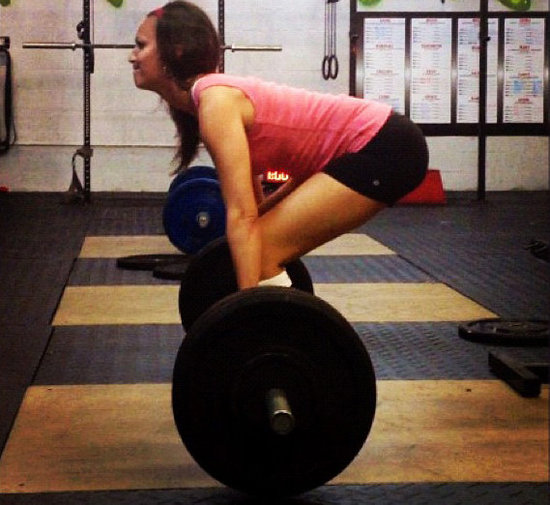Fourth in a series.On our last blog, we talked about the criteria for the use of protein shakes. We discussed protein requirements based on our training.
I need to add one more point to this before we move on:
remember, along with the contents of the shake itself, you also are consuming more calories. Depending on serving size and what you mix it with (milk or water), you can take in anywhere from 150 to as much as 300+ calories.
If you are trying to lose weight, my recommendation is to stay away from protein shakes.
Here is my experience with protein shakes as a 48 year old male who is 6 feet tall, weighs 205 pounds and works out almost everyday. I have experimented with shakes on three separate occasions. The shakes I used
did have more to offer than just protein, but there is not enough space on this blog to list all ingredients, benefits and side effects.
I was lifting almost every day and doing 30-60 minutes of cardio three or days a week. I was consuming shakes after weightlifting sessions that I knew to be hours before my next main meal. Despite the fact that I continued to watch my calorie intake, I put on weight — and it was not muscle because I got bigger around my middle.
The second time I used shakes, I was taking them before my workouts because I figured the carbs would help fuel my workout and the BCAAs (amino acids) would help to preserve muscle mass while I lifted. Also, ideally, we should consume our biggest meal of the day 30-90 minutes before a workout. My results were the same: I put weight on across my middle.
The last time I used protein shakes, I was only taking them when I felt I just did not get enough calories through the course of my day. Guess what? Same results: weight across my middle.
This does not mean I definitely don't recommend using protein shakes. However, I do recommend taking a careful look at the label. Before purchasing or consuming any supplements — and protein shakes are supplements — go online and research the supplement in which you are interested. Look up all ingredients on the shake label, weigh the benefits versus the side effects (if any), then decide if that protein shake is right for you.
Here is my final thought: if your metabolism is naturally fast and calories are not a concern, you may want to try a shake in order to put on some extra muscle.
If that does not work for you, remember: there are other excellent sources for protein "supplements." Back in the day before shakes, weightlifters ate cottage cheese to fulfill their protein requirements.
Next Creatine


